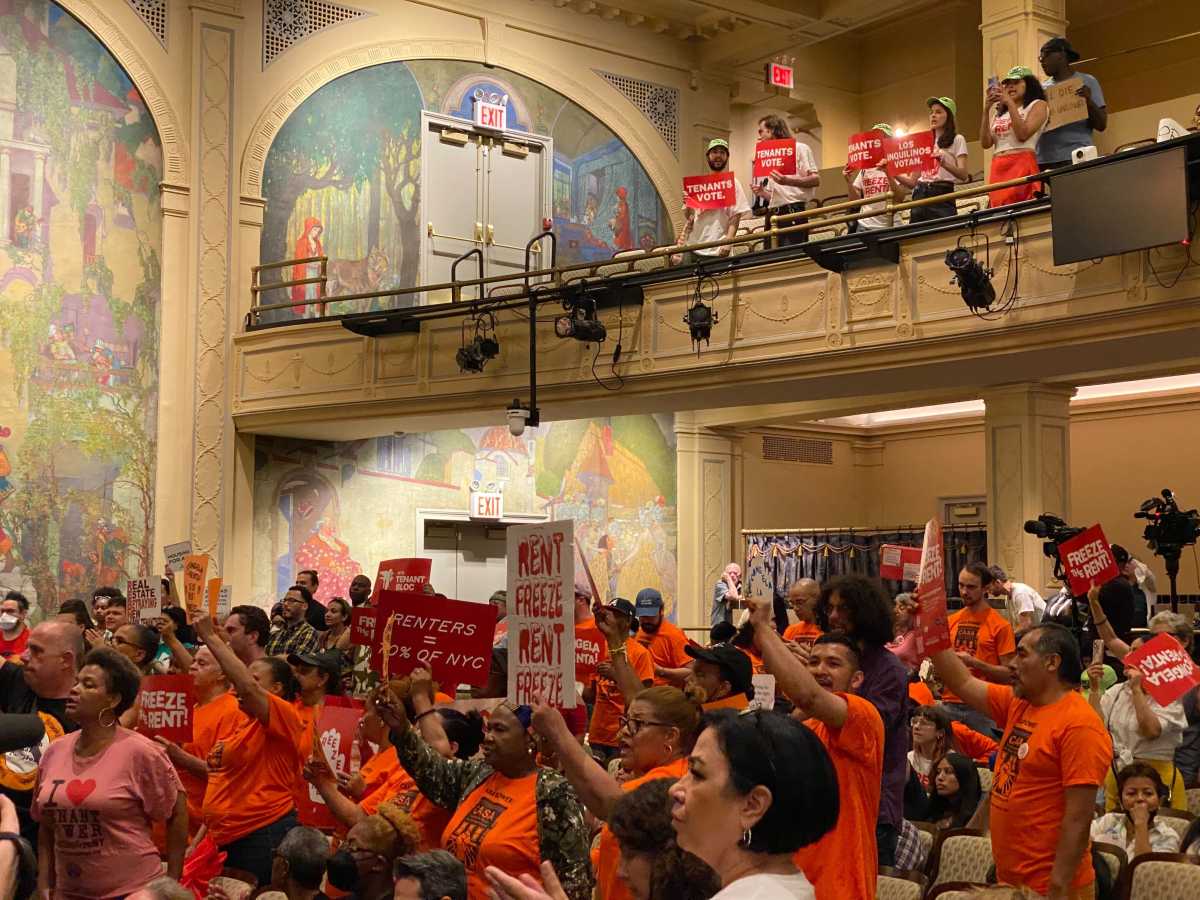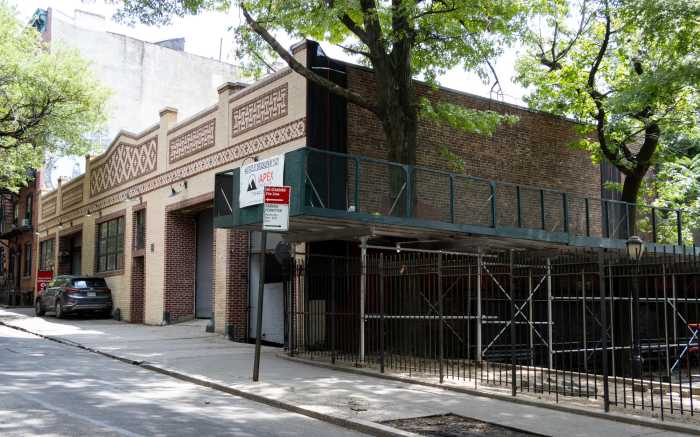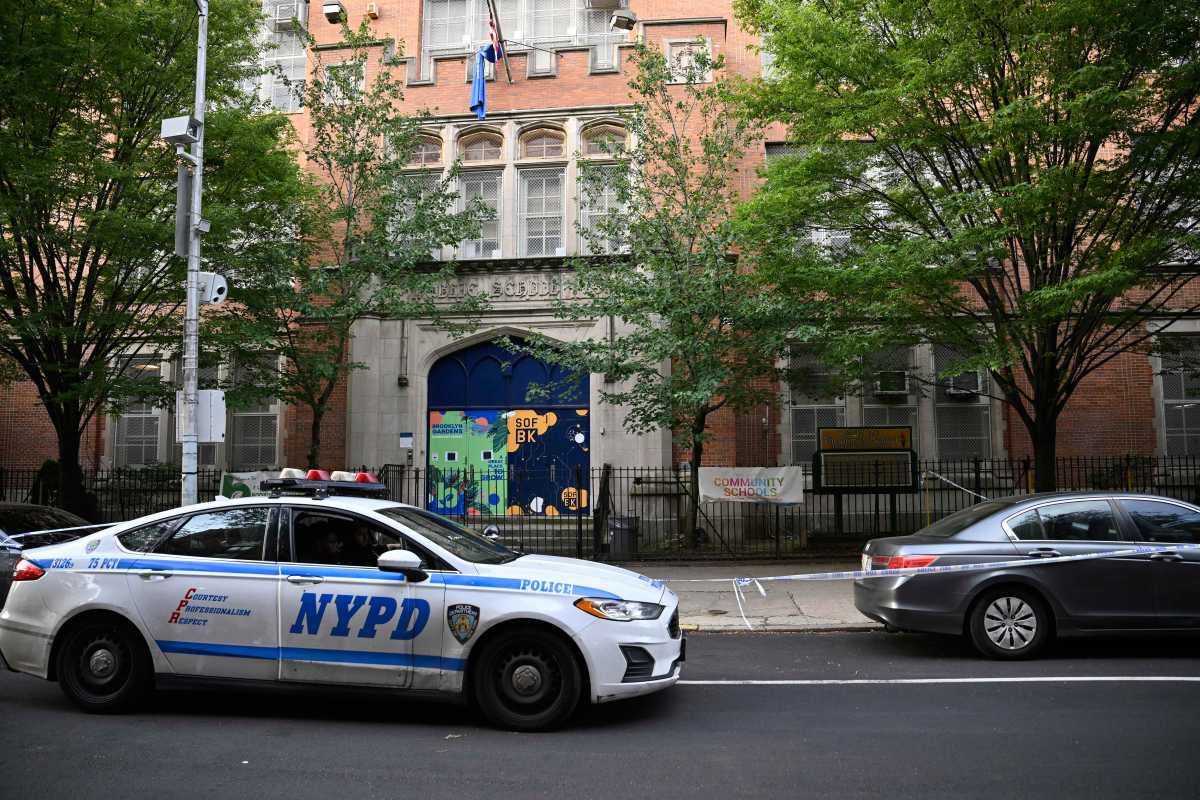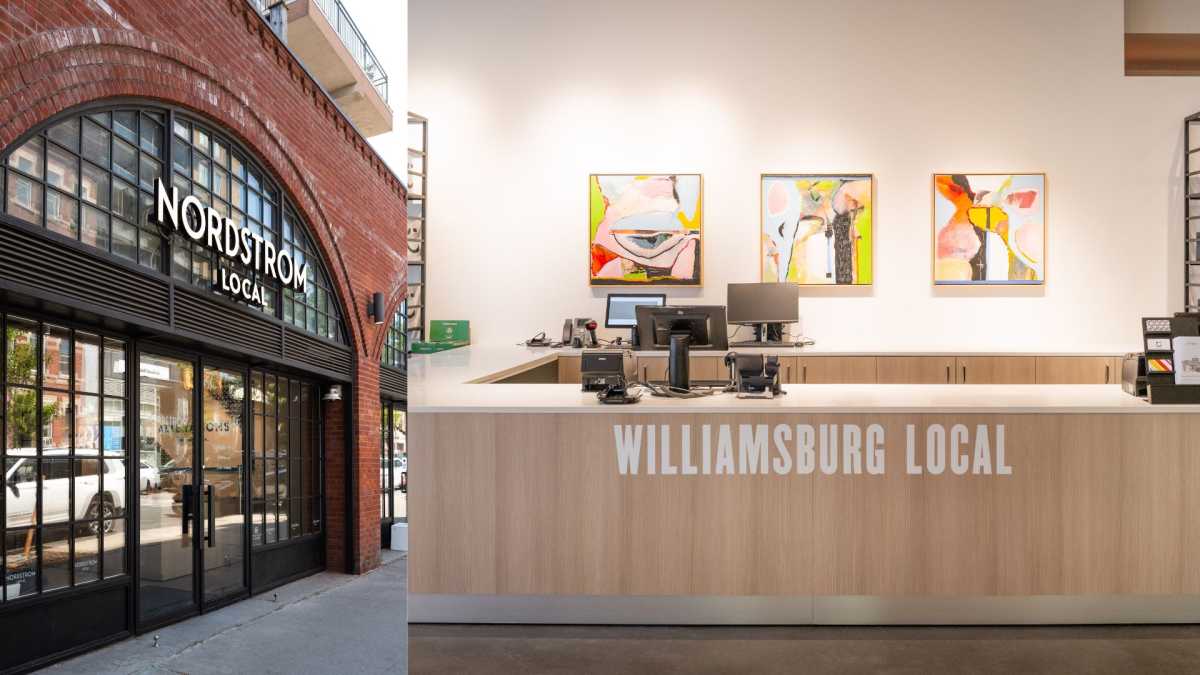Forest City Ratner is considering the acquision of the former St. Mary’s
Hospital in Crown Heights, leading some to speculate that the 3-acre site
could be used for the affordable housing component of the proposed Atlantic
Yards mega-project.
In a non-binding memorandum of understanding (MOU), dated May 17, 2005,
between Forest City and the Association of Community Organizations for
Reform Now (ACORN), Forest City promised, among other things, to construct
600-1,000 “affordable for-sale units” in return for ACORN’s
support of the project.
The agreement calls for the housing to be built over the course of 10
years, on or off the Atlantic Yards footprint.
The off-site option for affordable home building has drawn criticism from
community advocates who claim that by separating the luxury housing from
the non-luxury, Ratner will be forcing lower income residents into ghettos.
“I would defiantly not be supportive of building the affordable at
St. Mary’s” said Prospect Heights Councilwoman Letitia James,
“If anything, that’s where the commercial, retail, luxury should
go — and while I am at it, the arena too.”
Others in the Prospect Heights criticize the vagueness of the company’s
plan to build low-cost homes.
“Before we spend weeks and months scratching our heads to find where
exactly this affordable housing should go we should define exactly what
affordable is,” said David Sheets, a Prospect Heights resident.
“I can’t comment much on negotiations, but we certainly have
had some negotiations with them,” said Bernadette Kingam, a spokeswoman
for St. Vincent’s Medical Centers, which owns the site at 1480 Prospect
Place.
While he wouldn’t comment on Forest City’s ideas for the site,
Forest City spokesman Joe DePlasco pointed out that “the housing
MOU calls for 600-1,000 affordable sites on or off site.”
The memorandum of understanding with ACORN also lists 4,500 affordable
rental units at Atlantic Yards, 50 percent of which would be studio and
one-bedroom apartments, and another 50 percent being two- and three-bedroom
apartments.
“It would be an atrocity to take that hospital and redevelop it into
housing without some kind of health component,” said Community Board
8 Chairman Robert Matthews. “We need housing for this community,
low-income housing and moderate income housing but where are the new people
going to go if there is no hospital?”
The closure of St. Mary’s, which was announced in June, left the
district without a hospital. The site still houses several publicly subsidized
clinics.
St. Vincent’s is involved in talks about the property with other
potential buyers, said Kingam, who would not give specifics on the negotiations.























